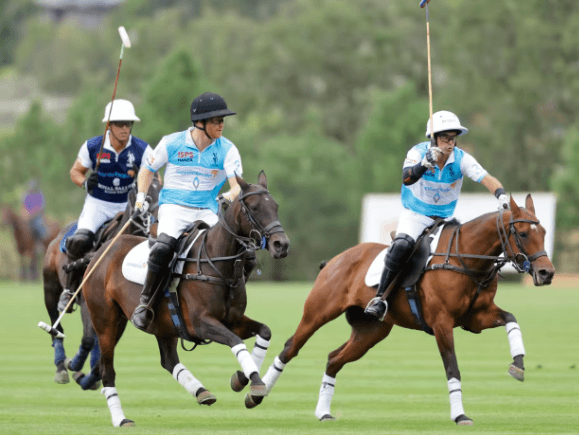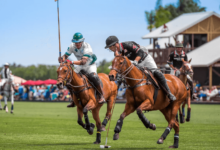What is the pattern for barrel racing?

Barrel racing stands as a testament to the remarkable bond between horse and rider, showcasing their agility, speed, and precision. Central to this sport is its unique pattern, often described as a dance of power and grace. This article delves into the intricacies of the barrel racing pattern, offering insights for both the seasoned equestrian and the aspiring barrel racer.
Introduction to Barrel Racing
Barrel racing, originally developed as a rodeo event for women, has evolved into a competitive sport enjoyed by all. Its roots are deeply entwined with the rich tapestry of rodeo history, having been a showcase of equestrian skill for decades. The sport revolves around a simple yet challenging pattern, known as the cloverleaf, which tests the limits of horse and rider.
The Standard Barrel Racing Pattern
At the heart of barrel racing is the cloverleaf pattern, a sequence that demands precision and speed. The pattern involves three barrels set in a triangle configuration, which the rider must navigate in a cloverleaf shape without knocking over any barrels. This pattern is a true measure of the horse’s agility and the rider’s skill in guiding their mount through tight turns at high speeds.
Description of the Pattern
The pattern is meticulously measured, ensuring fairness and consistency across competitions. Each barrel is strategically placed to challenge the horse and rider, requiring sharp turns and explosive bursts of speed. The goal is to complete the pattern in the shortest time possible, making every second and every turn crucial.
Turning Techniques for Success
Mastering the art of turning is pivotal in barrel racing. Riders must develop a deep understanding of their horse’s movements and refine their cues to execute sharp, efficient turns. Training focuses on balance, timing, and the subtle communication between horse and rider, all essential for navigating the barrels with grace and speed.
Training for the Perfect Pattern
Training for barrel racing goes beyond physical preparation, encompassing mental strategies and a deep bond between horse and rider. Basic training principles lay the foundation, emphasizing consistency, patience, and positive reinforcement. As skills advance, riders focus on refining their technique, working on speed, agility, and the precision of their turns.
Common Mistakes and How to Avoid Them
Common pitfalls include rushing the training process, misjudging turns, and losing focus during competition. To avoid these, riders must invest in consistent practice, seek feedback from experienced mentors, and maintain a calm, focused demeanor in and out of the arena.
Equipment and Gear for Optimal Performance
The right equipment is crucial in barrel racing, affecting both safety and performance. Riders choose gear that enhances their control and communication with their horse, while also ensuring the comfort and safety of their equine partner. This includes well-fitted saddles, bridles, and protective boots for the horse, as well as appropriate attire for the rider that meets competition standards.
Barrel Racing Competitions
Competing in barrel racing requires preparation beyond physical training. Understanding the rules and regulations of each competition is crucial, as is mental preparation for the pressures of competitive racing. Tips for first-time competitors include familiarizing oneself with the competition environment, setting realistic goals, and focusing on the bond with their horse over winning.
Safety Measures in Barrel Racing
Safety in barrel racing cannot be overstated, with gear designed to protect both horse and rider. Helmets, boots, and protective vests are standard for riders, while leg wraps and boots are essential for horses to prevent injuries. Training also includes safety protocols, ensuring that both horse and rider are prepared for any scenario.
The Future of Barrel Racing
Barrel racing continues to evolve, with technological advancements improving training methods, equipment, and even competition formats. Its growing popularity has expanded its reach globally, attracting a diverse community of riders and enthusiasts. The future of barrel racing looks promising, with innovations that promise to enhance the sport’s safety, fairness, and excitement.
Conclusion
The pattern for barrel racing is a dance of precision, speed, and harmony between horse and rider. Mastery of this pattern is not just about athletic prowess; it’s about the connection with the horse, understanding its nuances, and moving as one. Aspiring barrel racers are encouraged to approach the sport with patience, dedication, and a deep respect for their equine partners.

